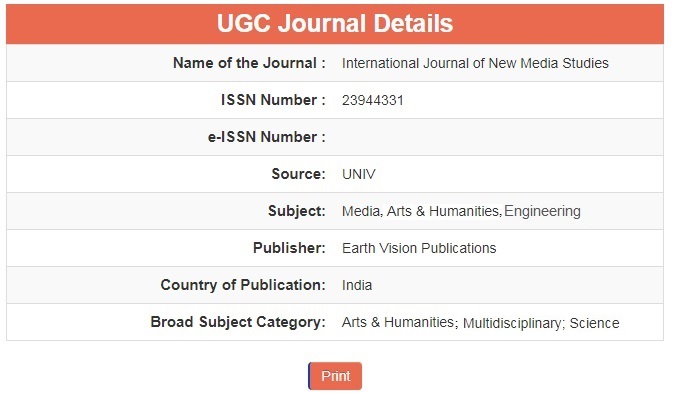Spatial Pattern of Literacy Rate in Rajasthan
Keywords:
Literacy, Population, Rajasthan, Spatial technologiesAbstract
Making sense of the world depends on literacy. We continually attempt to make sense of the world surrounding us, from the time we get up until the moment we fall asleep. The capacity to read, write, talk, and listen in a way that enables us to successfully communicate and make sense of the outside world is known as literacy. Low-literacy individuals might not be able to read a book or a newspaper, understand price tags or directions, comprehend a train or bus schedule, fill up a form, read medication instructions, or use the internet. According to the data from India’s 2011 census, the population of Rajasthan is 68 million, however the literacy rate is 66.1%. Finding the Rajasthan's variance is the research's main objective. To determine priority spots, an accurate method combining cartographic, statistical, & spatial technologies has been used. The socioeconomic features of the area were taken into consideration while mapping and analyzing spatial differences in literacy levels. Additionally, there are notable differences between male and female rates as well as the number of colleges per lakh of the population in the state.






